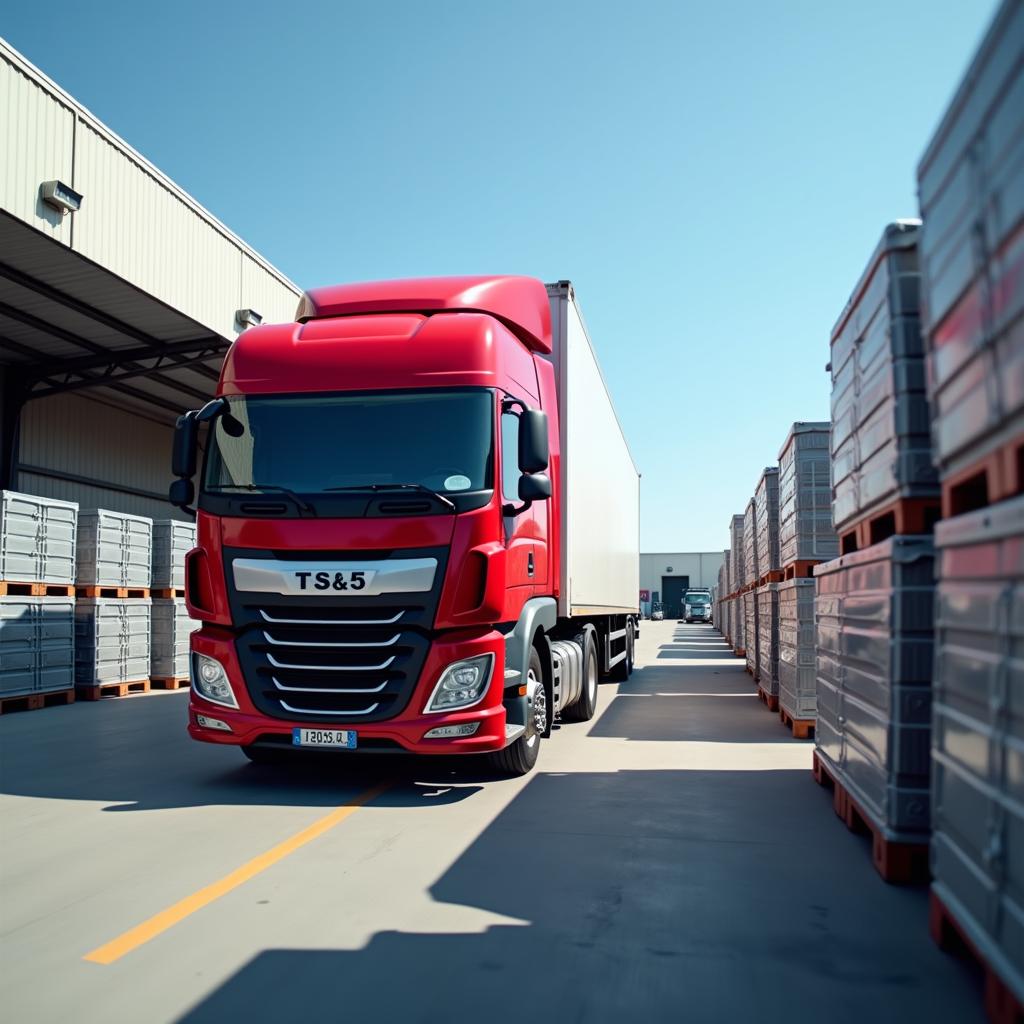How Load Matching Algorithms Boost Trucking Efficiency
In today’s fast-paced logistics industry, advanced load matching algorithms are revolutionizing how trucking companies operate. These sophisticated technological solutions are transforming the traditional freight matching process, making it more efficient, cost-effective, and environmentally friendly. By leveraging artificial intelligence and machine learning, modern load matching systems are helping carriers and shippers optimize their operations like never before.
Understanding Load Matching Algorithms: The Basics
Load matching algorithms are complex mathematical formulas designed to connect carriers with available freight loads in the most efficient way possible. These systems analyze multiple variables simultaneously, including:
- Route optimization and distance
- Cargo type and vehicle compatibility
- Delivery timeframes
- Driver availability and hours of service
- Pricing considerations
- Equipment specifications
According to a recent study by the American Transportation Research Institute (ATRI), implementing intelligent load matching systems can reduce empty miles by up to 15%, resulting in significant cost savings and environmental benefits.
The Evolution of Freight Matching Technology
Traditional load boards and manual matching processes have been the industry standard for decades. However, these methods often lead to:
Inefficiencies:
– Time-consuming manual searches
– Missed opportunities
– Higher operational costs
– Increased empty miles
Modern advanced load matching algorithms have transformed these outdated practices by introducing:
Real-time Data Processing
These systems continuously process vast amounts of data to make instant matching decisions. They consider historical patterns, current market conditions, and predictive analytics to optimize load matching outcomes.
Machine Learning Capabilities
The algorithms become smarter over time by learning from previous matches and outcomes, continuously improving their accuracy and efficiency.
Key Benefits of Algorithm-Based Load Matching
Increased Efficiency
Advanced load matching algorithms can process thousands of potential matches in seconds, far exceeding human capabilities. This results in:
- Faster load matching
- Reduced idle time
- Optimized asset utilization
- Improved driver satisfaction
Cost Reduction
By minimizing empty miles and optimizing routes, companies can achieve significant cost savings through:
- Lower fuel consumption
- Reduced maintenance costs
- Better resource allocation
- Improved fleet utilization
Environmental Impact
Modern load matching technology contributes to sustainability efforts by:
– Reducing carbon emissions through optimized routing
– Minimizing unnecessary trips
– Improving overall fleet efficiency
Implementation Strategies for Maximum Results
Successfully implementing advanced load matching algorithms requires a strategic approach:
Data Integration
Ensure your systems can effectively collect and process relevant data points:
- Historical performance metrics
- Real-time GPS tracking
- Weather conditions
- Traffic patterns
- Market rates
Staff Training
Proper training is essential for maximizing the benefits of load matching technology:
- System navigation and operation
- Data interpretation
- Problem-solving procedures
- Best practices for optimization
Measuring Success and ROI
To evaluate the effectiveness of your load matching implementation, track these key performance indicators (KPIs):
Operational Metrics:
- Load acceptance rates
- Average time to match
- Empty mile percentage
- Fleet utilization rates
Financial Metrics:
- Cost per mile
- Revenue per truck
- Fuel efficiency
- Overall profitability
Future Trends and Innovations
The future of load matching technology is promising, with several emerging trends:
Artificial Intelligence Integration
Advanced AI capabilities will further enhance matching accuracy and predictive capabilities.
Blockchain Technology
Secure, transparent transactions and improved tracking capabilities will become standard features.
Internet of Things (IoT) Integration
Enhanced real-time monitoring and data collection will improve matching precision.
Choosing the Right Load Matching Solution
When selecting a load matching system, consider these factors:
- Scalability and flexibility
- Integration capabilities with existing systems
- User interface and ease of use
- Customer support and training resources
- Cost structure and ROI potential
Research has shown that companies implementing comprehensive load matching solutions can achieve up to 30% improvement in operational efficiency, according to a recent logistics industry report by Gartner.
Conclusion
Advanced load matching algorithms have become an indispensable tool in modern trucking operations. By streamlining the freight matching process, reducing operational costs, and improving environmental sustainability, these systems offer significant competitive advantages in today’s challenging market conditions.
Ready to transform your trucking operations with cutting-edge load matching technology? Contact our team of experts at +1 206-337-4787 to learn how we can help optimize your freight matching process and boost your bottom line. Don’t let outdated matching methods hold your business back – embrace the future of logistics technology today.
Take the first step toward improving your operational efficiency and reducing costs. Schedule a consultation with our specialists to discover how our advanced load matching solutions can benefit your business. Your success is our priority, and we’re here to help you achieve it with innovative technology solutions tailored to your needs.







